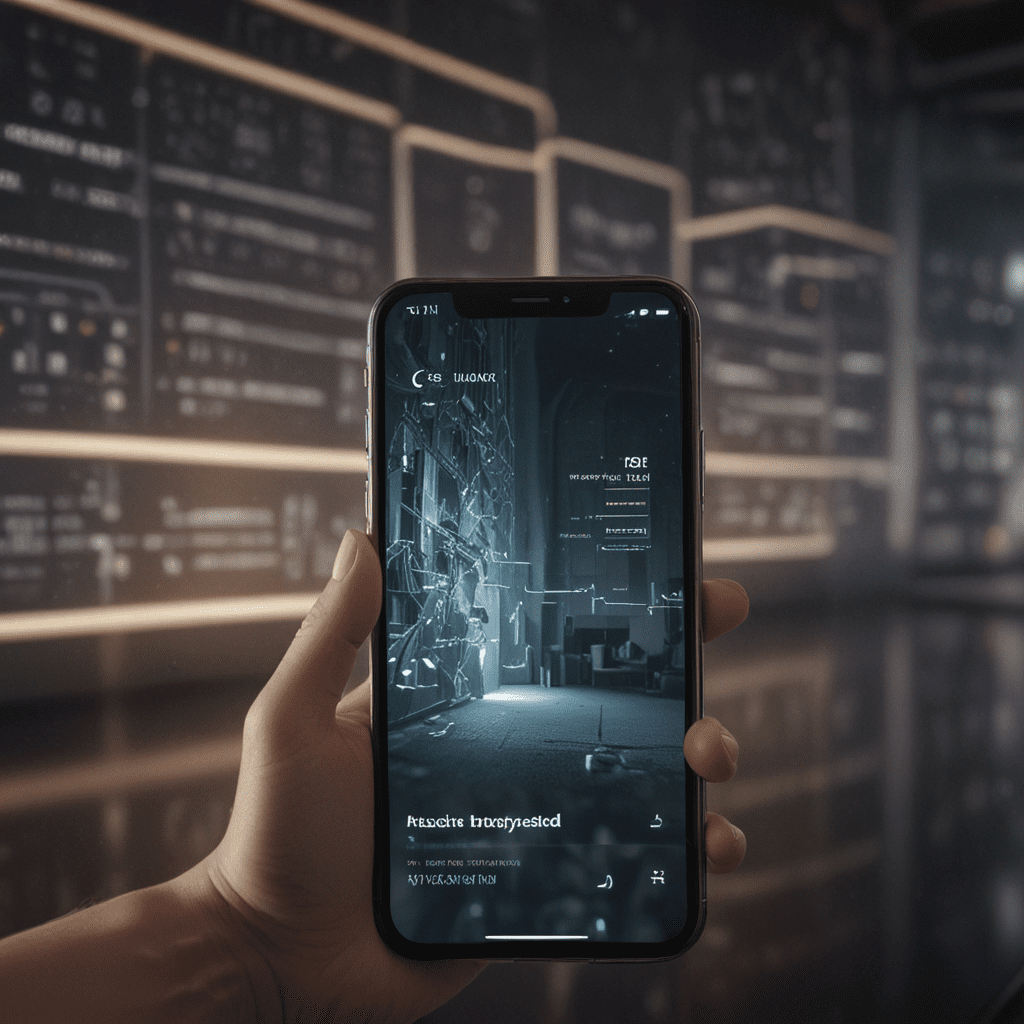
1. Understanding the Importance of User Expectations
User expectations play a pivotal role in shaping the success of any user experience (UX) design. When users approach a product or service, they bring with them a set of preconceived notions and expectations based on their past experiences and interactions with similar products. By understanding and aligning with these expectations, designers can create interfaces that are intuitive, easy to use, and meet the users' needs.
Meeting user expectations is crucial for several reasons. First, it enhances user satisfaction. When users find that a product or service meets or exceeds their expectations, they are more likely to be satisfied with the experience and become loyal customers. Second, it improves usability. By aligning with user expectations, designers can create interfaces that are familiar and easy to navigate, reducing the learning curve and making the product more accessible.
2. Identifying Cognitive Biases and Heuristics
Cognitive biases and heuristics are mental shortcuts that users employ to simplify decision-making and reduce cognitive load. These mental models can influence user expectations and impact the way they interact with a product. Designers should be aware of common cognitive biases and heuristics, such as the confirmation bias, the availability heuristic, and the anchoring effect. By understanding these cognitive processes, designers can optimize their designs to align with user expectations and reduce the likelihood of errors or confusion.
3. Assessing User Mental Models and Schemas
Mental models and schemas represent the user's understanding of how the world works and how a particular product or service should operate. These mental models are shaped by prior experiences, cultural norms, and individual beliefs. By assessing user mental models and schemas, designers can gain insights into how users perceive and interact with the product. This understanding enables designers to create interfaces that are consistent with user expectations and simplify the learning process.
4. Conducting User Research to Determine Expectations
Conducting user research is essential for uncovering user expectations and gaining a deep understanding of their needs. Through research methods such as user interviews, surveys, and usability testing, designers can gather qualitative and quantitative data on user expectations, pain points, and preferences. By synthesizing this research data, designers can prioritize user needs and ensure that their designs align with the expectations of the target audience.
5. Incorporating Expectations into Design Requirements
Once user expectations have been identified and understood, designers must incorporate them into the design requirements. Design requirements serve as a blueprint for the UX design process, outlining the functional and non-functional requirements that the product or service must meet. By incorporating user expectations into the design requirements, designers ensure that the design is user-centered and meets the needs of the target audience.
6. Utilizing Design Patterns and Conventions
Design patterns and conventions represent established design solutions that have been proven effective in meeting common user expectations. By leveraging these patterns and conventions, designers can reduce the learning curve, improve usability, and increase user satisfaction. Examples of commonly used design patterns include menus, toolbars, search bars, and pagination. Designers should carefully consider the appropriateness of design patterns and conventions and adapt them to fit the specific needs of their users.
7. Balancing Expectations with Innovation
While meeting user expectations is important, designers must also balance this with innovation and creativity. Innovation can drive progress and provide users with novel experiences and solutions to unmet needs. The key lies in finding a harmonious balance between meeting expectations and introducing new and innovative ideas. By carefully considering user feedback and market trends, designers can strike a balance that drives both user satisfaction and product evolution.
8. Managing Changing Expectations
User expectations are not static and can evolve over time, influenced by technological advancements, changing market trends, and cultural shifts. Designers must be proactive in monitoring and managing changing expectations. Continuous user research, feedback mechanisms, and iterative design processes enable designers to adapt their designs to meet the evolving needs of their users. By staying attuned to changing expectations, designers can ensure that their products and services remain relevant and valuable.
9. Evaluating the Impact of Meeting Expectations
Evaluating the impact of meeting user expectations is crucial for ensuring the effectiveness of a UX design. Designers can employ various evaluation methods, such as user surveys, metrics tracking, and usability testing, to assess the level of user satisfaction, ease of use, and overall success of their designs. By analyzing the evaluation data, designers can identify areas for improvement and make data-driven decisions to enhance the user experience.
10. Continuous Improvement through Iterative Design
UX design is an iterative process that involves ongoing improvements and refinements. By adopting an iterative design approach, designers can continuously gather feedback, test design iterations, and make incremental improvements. This process enables designers to refine their designs and enhance the user experience over time. Regular updates and enhancements keep the product fresh and relevant, meeting the evolving needs of users and staying ahead of the competition.
Frequently Asked Questions (FAQs)
Q: Why is it important to consider user expectations in UX design?
A: Considering user expectations is crucial for enhancing user satisfaction, improving usability, and reducing the learning curve. By aligning with user expectations, designers create interfaces that are familiar, easy to navigate, and meet the users' needs.
Q: How can I identify user expectations?
A: User expectations can be identified through various research methods, such as user interviews, surveys, usability testing, and analyzing competitor products. Understanding user mental models and schemas can also provide insights into how users perceive and interact with products.
Q: What are some common cognitive biases that influence user expectations?
A: Cognitive biases such as the confirmation bias, the availability heuristic, and the anchoring effect can impact user expectations. Designers should be aware of these biases and consider them when designing interfaces to reduce errors and improve usability.
Q: How can I ensure that my designs meet changing user expectations?
A: To ensure that your designs meet changing user expectations, it's essential to adopt an iterative design approach. Continuously monitor user feedback, market trends, and technological advancements, and make data-driven decisions to enhance the user experience over time.
Q: What are the benefits of using design patterns and conventions?
A: Design patterns and conventions provide established design solutions that have been proven effective in meeting common user expectations. By leveraging these patterns, designers reduce the learning curve, improve usability, and increase user satisfaction.

